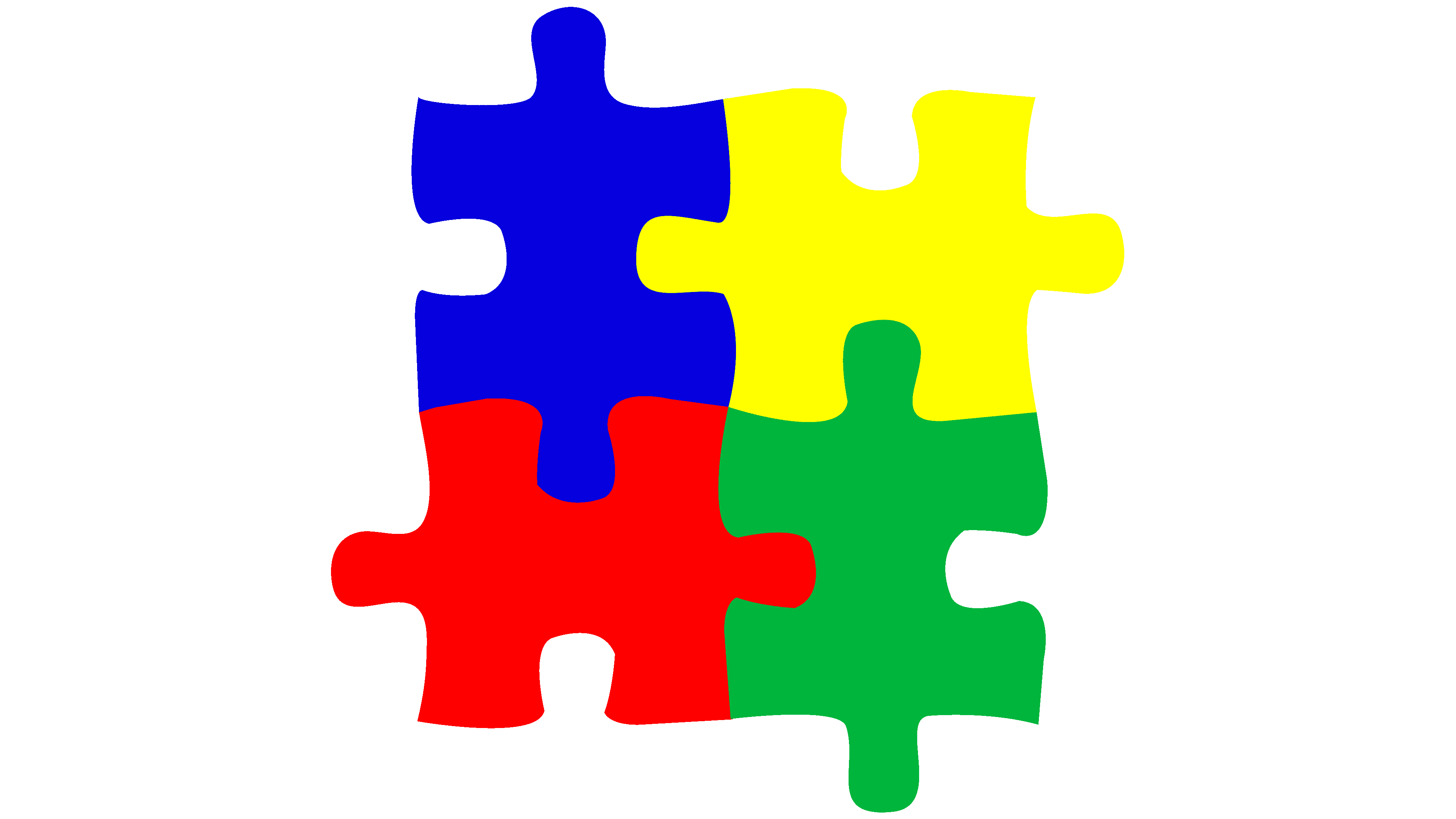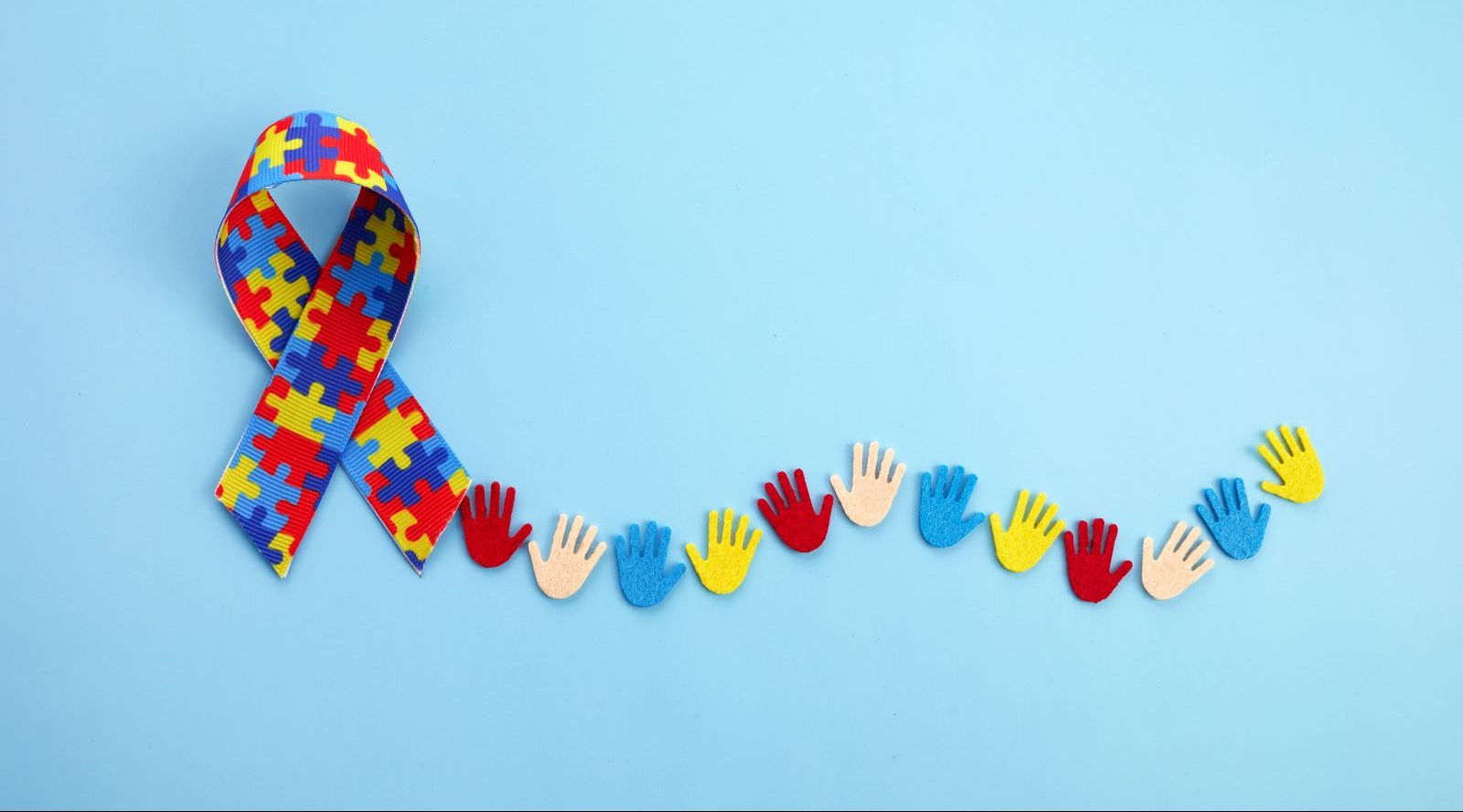Navigating Social Obstacles: Tips for People Dealing With Autism
Navigating Social Obstacles: Tips for People Dealing With Autism
Blog Article
Recognizing Autism: A Comprehensive Overview to Symptoms And Signs
Autism Range Problem (ASD) incorporates a wide array of characteristics that can dramatically influence an individual's social communications and everyday performance. Understanding these nuances not only aids caretakers and teachers in offering suitable assistance however also cultivates an extra comprehensive atmosphere for individuals with ASD.
Summary of Autism Range Condition
Specifying Autism Spectrum Condition (ASD) entails recognizing it as a complex neurodevelopmental condition identified by a variety of challenges in social interaction, interaction, and behavior patterns. The term "spectrum" shows the wide irregularity in signs and symptoms and their seriousness, which can differ significantly from one individual to another. ASD generally manifests in very early youth, although some people might not obtain a medical diagnosis until later on in life.
Factors affecting the growth of ASD consist of ecological variables and genetic predispositions, although the precise reasons stay under examination. Medical diagnosis commonly depends on behavior evaluations, as there are no conclusive clinical tests for ASD. Early treatment is crucial and can significantly boost end results, concentrating on improving communication abilities, social communications, and flexible actions.
Individuals with ASD may likewise show one-of-a-kind toughness, such as phenomenal attention to information or details locations of proficiency. Recognizing the diverse nature of ASD is essential for promoting an inclusive setting that fits neurodiversity. Continued research study is essential for creating efficient treatments and support group, making it possible for people with ASD to grow and meet their potential within culture.
Usual Indicators of Autism
Identifying the typical indications of Autism Spectrum Condition (ASD) is important for very early identification and intervention. These signs can differ extensively in intensity and presentation, however particular attributes are regularly observed in people with ASD.
One of the most common signs is a significant problem in preserving and establishing eye contact. Individuals may likewise display limited rate of interest in social interactions and show a preference for solitary play.
Sensory level of sensitivities are likewise common; people may underreact or panic to sensory stimulations, such as sounds, structures, or lights. autism. Language advancement can be irregular, with some kids exhibiting postponed speech or utilizing language in uncommon methods, including echolalia-- repeating expressions or sentences heard elsewhere
It is vital to note that not every person with ASD will certainly display all these indicators, and the level of these habits can vary dramatically. Early recognition permits timely assistance and sources, boosting the top quality of life for those on the range.
Social Interaction Difficulties
Social communication difficulties are a characteristic of Autism Range Condition (ASD), impacting a person's capacity to involve effectively with others. These troubles can materialize in numerous means, including challenges in initiating and this page keeping discussions, comprehending social hints, and reacting suitably in social communications.
People with ASD may battle with nonverbal interaction, such as eye call, face expressions, and body language. This can bring about misunderstandings, as their communicative intent might not be correctly interpreted by others. Additionally, they might find it difficult to realize the subtleties of tone and context, which are essential for efficient interaction.
In group setups, people with ASD may really feel overloaded and might not recognize just how to join in conversations (autism). They may also exhibit atypical conversational patterns, such as monologuing concerning details passions without recognizing social reciprocity
Additionally, these difficulties can lead to social seclusion or troubles in developing relationships, as peers may misunderstand their behavior or interaction design. Comprehending these social interaction difficulties is critical for cultivating supportive settings that promote social abilities growth and boost the top quality of interactions for people on the autism spectrum.
Sensory Level Of Sensitivities and Actions
Many individuals with Autism Spectrum Problem (ASD) experience increased sensory sensitivities that can dramatically influence their daily lives. A person with ASD may find everyday sounds, such as a vacuum cleaner or crowded atmospheres, extremely stressful, leading to stress and anxiety or crises.
Sensory handling differences in people with ASD can link additionally influence their capability to participate in social interactions and regular tasks. A kid who is sensitive to touch might stand up to physical love or stay clear of certain clothes materials. Conversely, a choice for sure appearances or preferences can limit nutritional choices and develop obstacles throughout mealtimes.
Understanding these sensory level of sensitivities is crucial for identifying the one-of-a-kind experiences of people with ASD. Recognition of their sensory profiles can cultivate much better interaction and support techniques, creating an atmosphere that suits their requirements and enhances their top quality of life. Inevitably, acknowledging sensory sensitivities is a vital part of comprehending the broader spectrum of autism.

Supporting Individuals With Autism
Effective assistance for people with Autism Spectrum Problem (ASD) is important for enhancing their general health and promoting independence. Assistance techniques must be customized to satisfy the distinct demands of each person, considering their difficulties and strengths.

Social abilities training can likewise play a crucial function. autism. Involving individuals in team tasks or role-playing scenarios can boost their ability to browse social communications. Additionally, it is necessary to enlighten relative, caregivers, and peers regarding ASD to cultivate a helpful and inclusive area
Final Thought
By promoting boosted communication and social abilities, people with autism can navigate their atmospheres much more effectively. Inevitably, boosted understanding and support can significantly boost the quality of life for those influenced by ASD.
Autism Range Problem (ASD) incorporates a large variety of characteristics that can dramatically impact an individual's social interactions and daily functioning.People Discover More with ASD may struggle with nonverbal communication, such as eye call, face expressions, and body language.Numerous people with Autism Spectrum Condition (ASD) experience heightened sensory level of sensitivities that can significantly affect their daily lives.Sensory processing differences in individuals with ASD can also affect their capacity to engage in regular tasks and social communications.Comprehending these sensory sensitivities is essential for identifying the distinct experiences of people with ASD.
Report this page